On Jupiter as an Exoplanet
Uri Lachish, Rehovoth
urila@zahav.net.il
Abstract
Application of Kevin Heng, and Liming Li, ab initio calculation of light phase reflection is suggested to simulate
Jupiter's full image in a backward scattering configuration. Comparison to the true full image may gain
fundamental comprehension of light scattering from planets.
In a recent letter1, Kevin Heng, et. al., compared their closed-form ab initio solutions of reflected light phase curves of exoplanets2, to Cassini spacecraft phase curve data, to infer atmospheric properties of Jupiter.
Figure-1 in their work2 gives a schematic geometry of the system, where α is the phase angle between an observer on earth, or, a camera on a spacecraft, and a star (the sun). Therefore, the case α = 0 corresponds to 180 degrees backward scattering from the planet.
Is it possible to apply their calculation to construct a simulation of Jupiter's full image in this backward scattering configuration, so that it may be compared to a true full image of the planet?
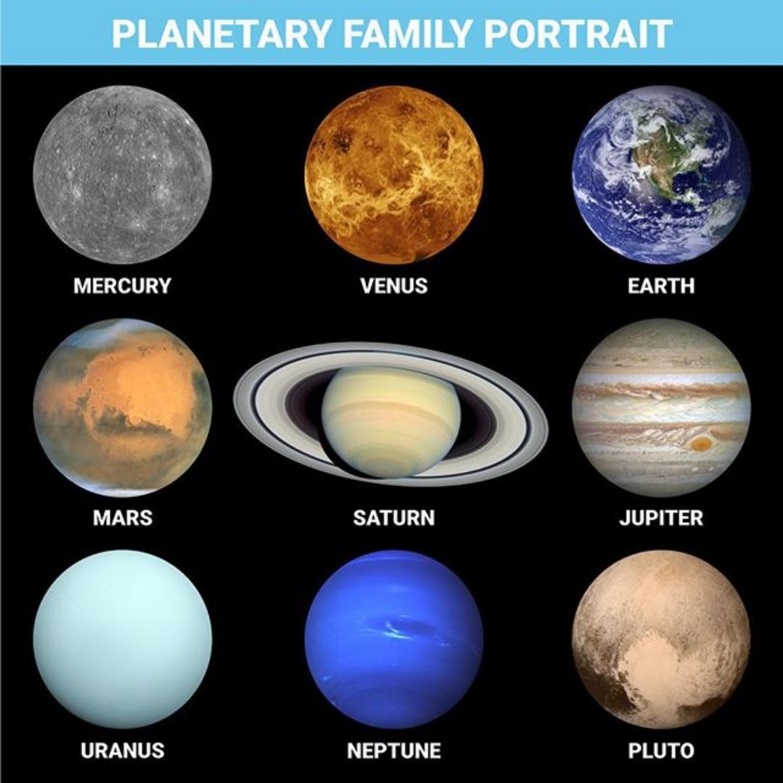
3 Full images of the planets
The observed image3 is nearly uniform with a slight drop of light intensity toward the image periphery. This observation is common to all the images of the planets in this configuration3, as well as the moon4 and moons of other planets.
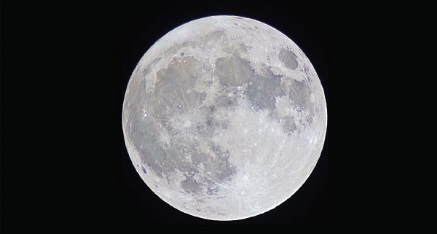
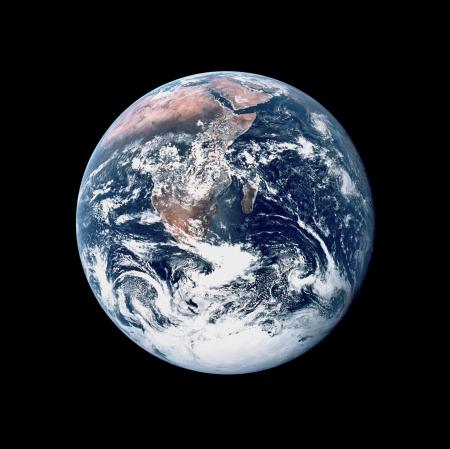
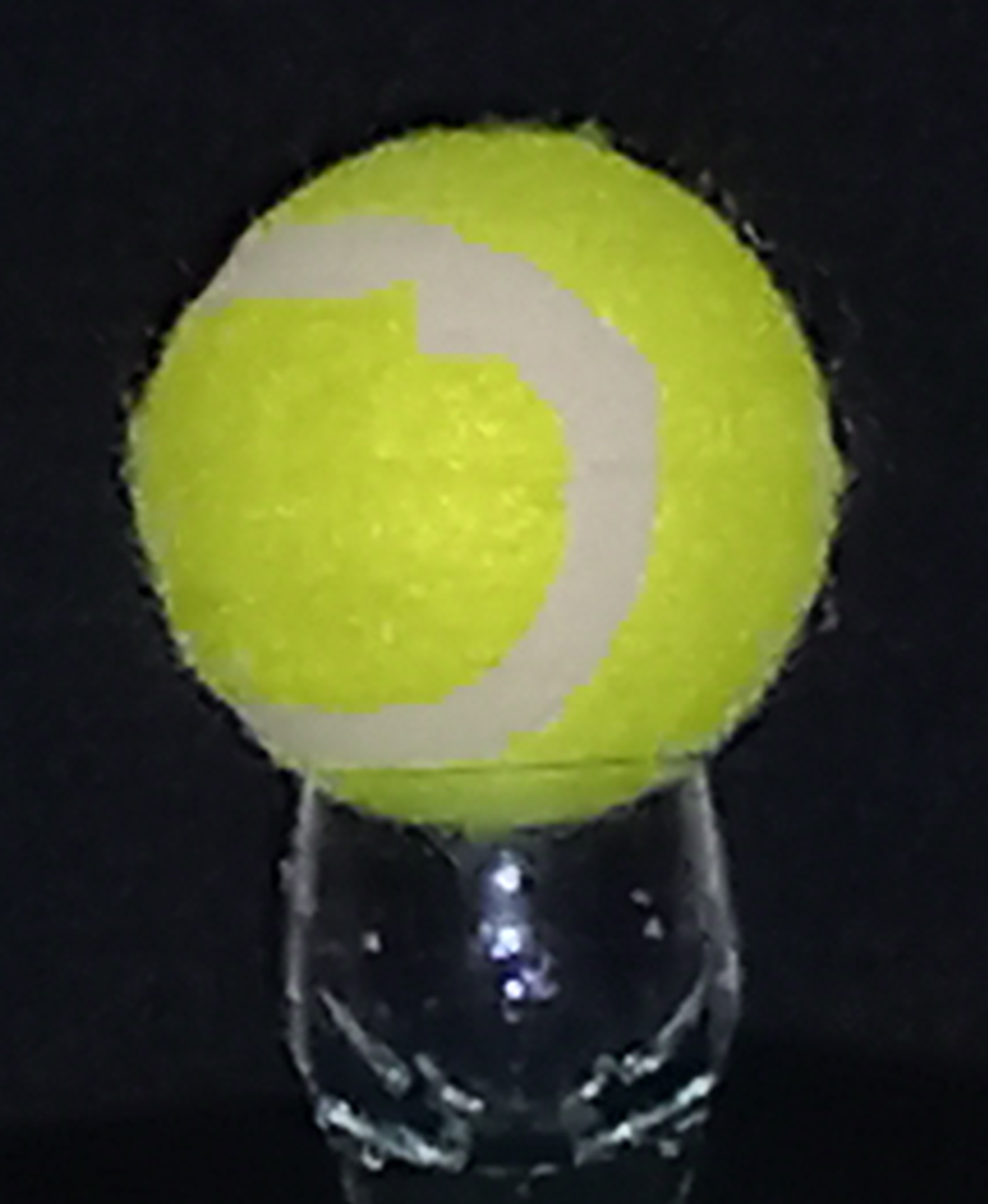
The full-earth image5, the "blue marble", is of particular interest since it includes large areas of gas phase – clouds, liquid phase – oceans, and solid phase – land, and each phase is separately uniform. This observation indicates that the uniformity is not an outcome of some specific surface properties of the planet, like roughness, shadowing or retro-reflection, but an outcome of a more general and fundamental principle. A back illuminated tennis ball may be considered as a simulation of Jupiter's full image.
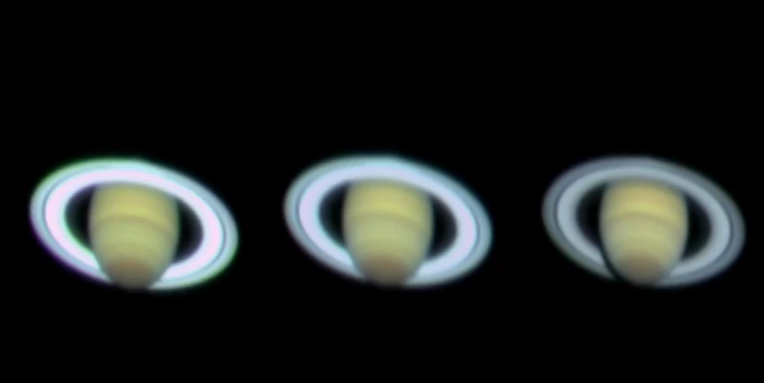
6 Saturn rings at opposition
Saturn's rings are glowing6 during opposition, but the planet itself is not. Mie scattering from the solid icy rings is narrow angled while Rayleigh scattering from the gaseous surface of Saturn is wide angled.
References
- Kevin Heng and Liming Li, "Jupiter as an Exoplanet: Insights from Cassini Phase Curves”, 11 March 2021, Astrophysical Journal Letters. https://doi.org/10.3847/2041-8213/abe872
- Kevin Heng, Brett M. Morris and Daniel Kitzmann, "Closed-form ab initio solutions of geometric albedos and reflected light phase curves of exoplanets”, August 2021, Nature Astronomy. https://arxiv.org/pdf/2103.02673.pdf
- True-Color Photos of All the Planets:
https://owlcation.com/stem/True-Color-Photos-of-All-the-Planets - Moon image: http://www.newsfour.ie/wp-content/uploads/2018/02/moon-1.jpg
- Earth image:
https://qz.com/458826/behold-nasas-first-image-in-decades-of-the-whole-earth/ - Saturn during Opposition:
https://www.planetary.org/space-images/opposition-surge-of-saturns-rings
On the net: September 2021
Note: 07-09-2021 Submitted to the Astrophysical Journal Letters. 08-09-2021 Not accepted.
11-09-2021 Photos added.
by the author:
On Jupiter as an Exoplanet
The Sun and the Moon a Riddle in the Sky
Blue
Marble the Uniform Earth Image